
Drinking to the health of Absinthe
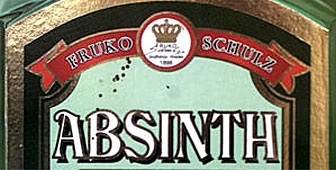
The notorious liqueur, Absinthe, has been banned in Switzerland, its country of origin, for nearly a century, but this weekend will see lovers of the drink converge on a village in the Swiss Jura to honour - and maybe taste - a touch of liquid history.
The centre of the village of Boveresse, in canton Neuchatel, will be taken over on June 16 by fans of “Bleue”(Blue) or “La Fée verte”(The Green Fairy), as it is variously known, for the fourth festival of Absinthe.
Stands are being set up displaying everything to do with the drink: historical records, bottle labels, bags of dried Absinthe plant leaves, old distillery machinery, relics of its past in Boveresse. There will even be films about the infamous tipple, often comprising 70 per cent pure alcohol.
And the drink itself? Organisers say a midday aperitif is planned.
It was reputedly first distilled at the end of the 18th century by a French exile, Dr Pierre Ordinaire, who set himself up in Couvet in the Val-de-Travers, and treated his patients with his magical potion.
Its fame spread far and wide, romanticised and maligned by artists and writers such as Oscar Wilde, Baudelaire, van Gogh, Manet and Picasso.
It was banned in Switzerland amid growing alcohol abuse and following a series of gruesome Absinthe-induced crimes at the start of the 20th century. Cantons Vaud and Geneva outlawed it in 1906 and 1907, followed by a nationwide ban in 1910.
Banned it may be, but the history and culture of Absinthe drinking – to say nothing of the fluid itself – still arouses widespread interest.
swissinfo

In compliance with the JTI standards
More: SWI swissinfo.ch certified by the Journalism Trust Initiative













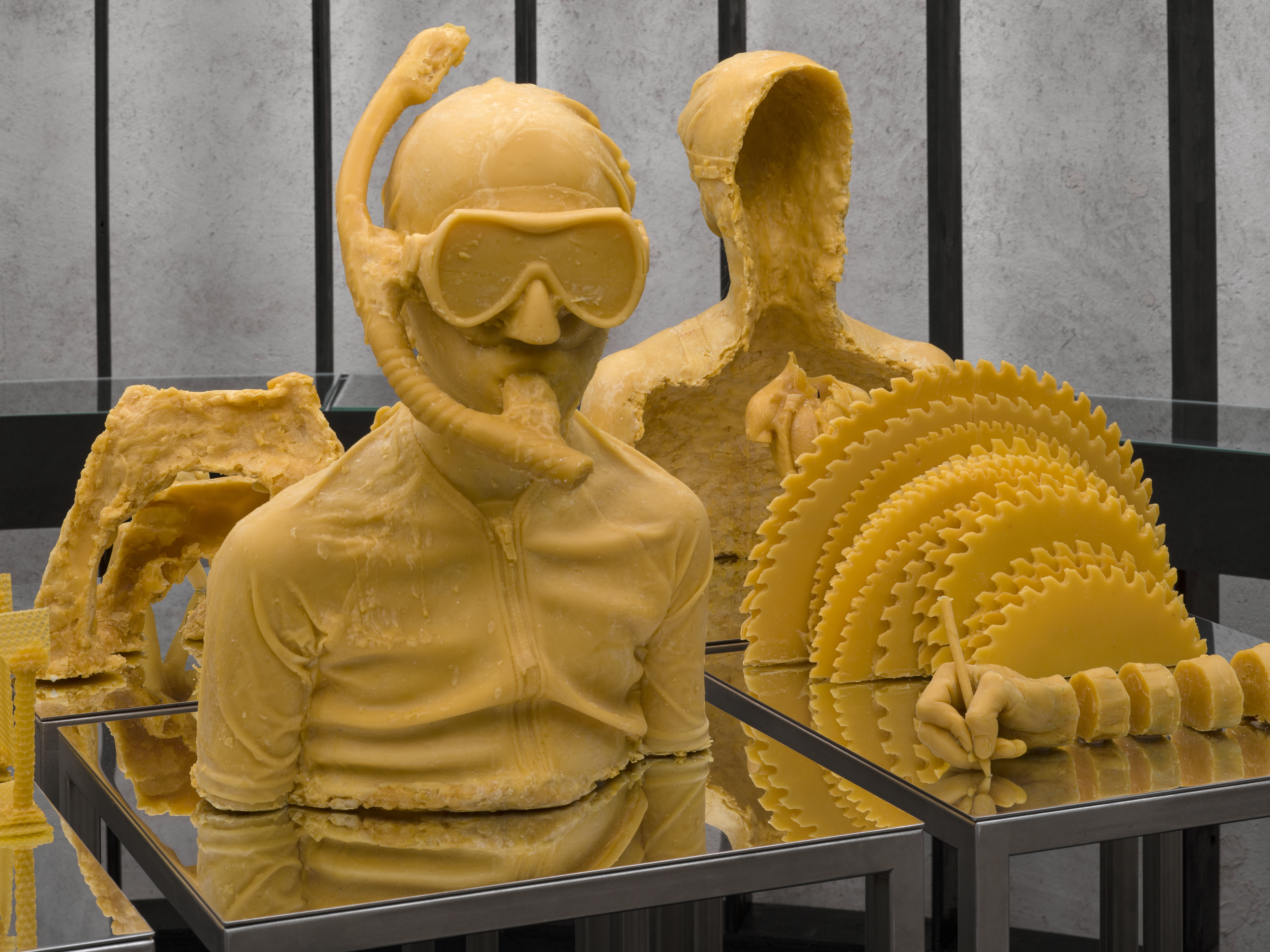
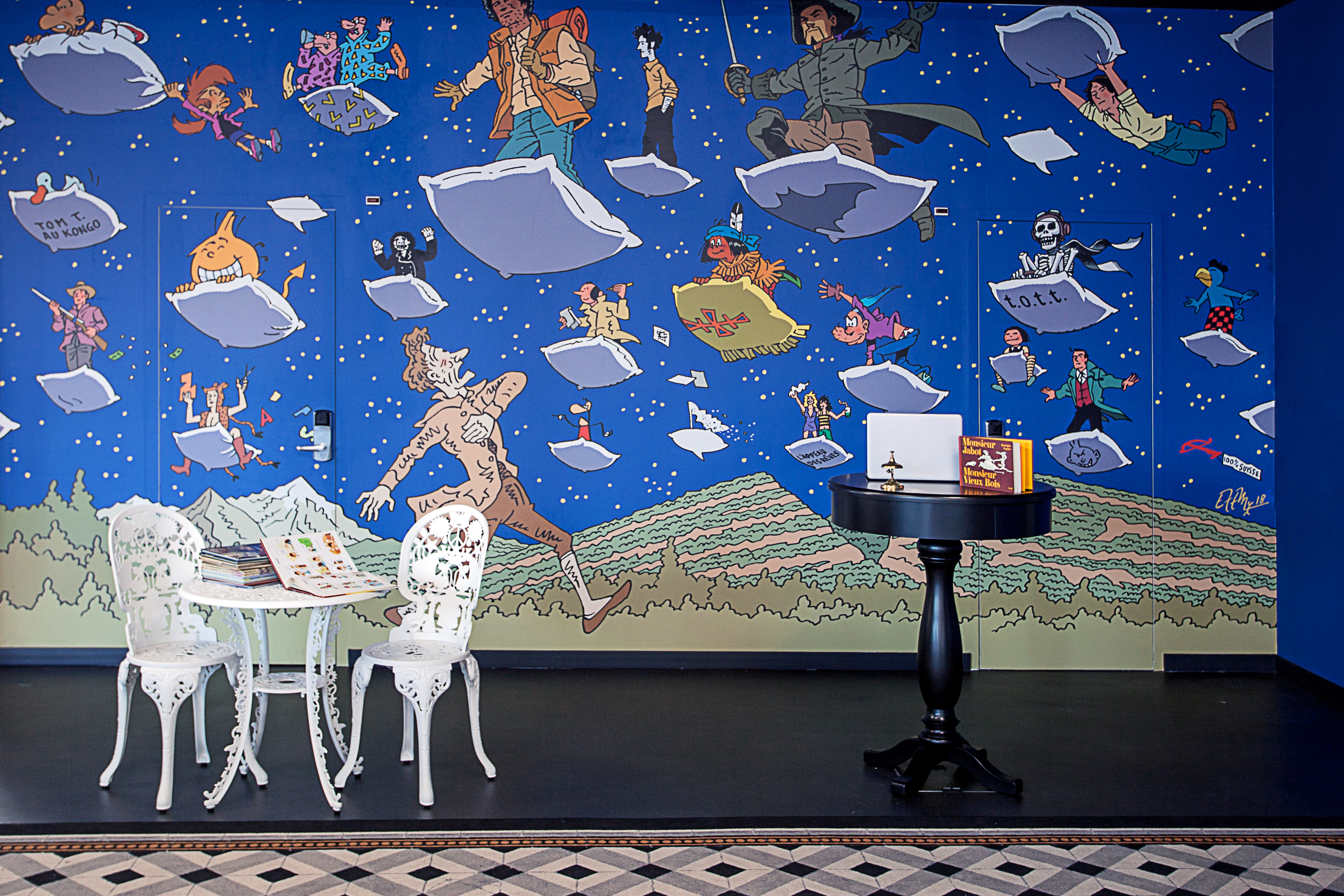
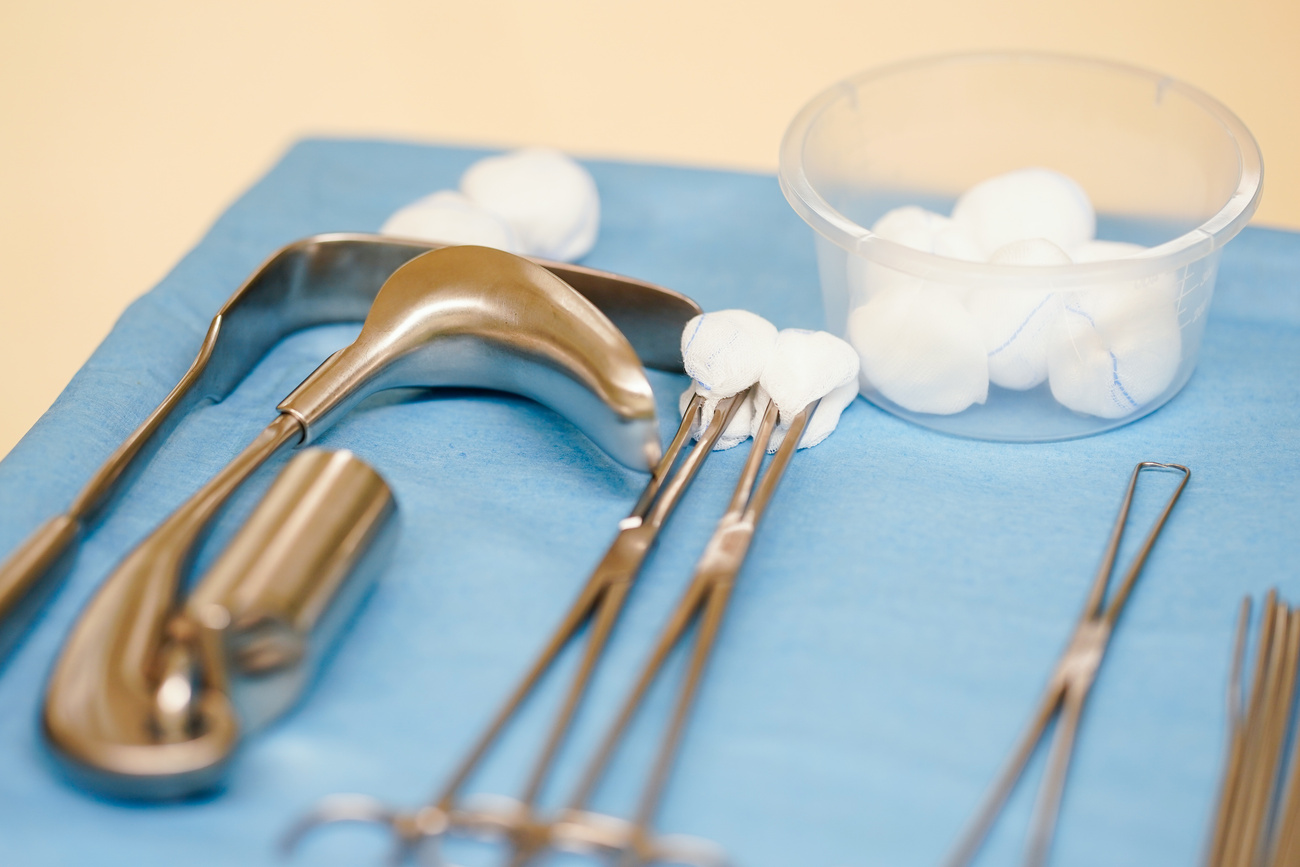








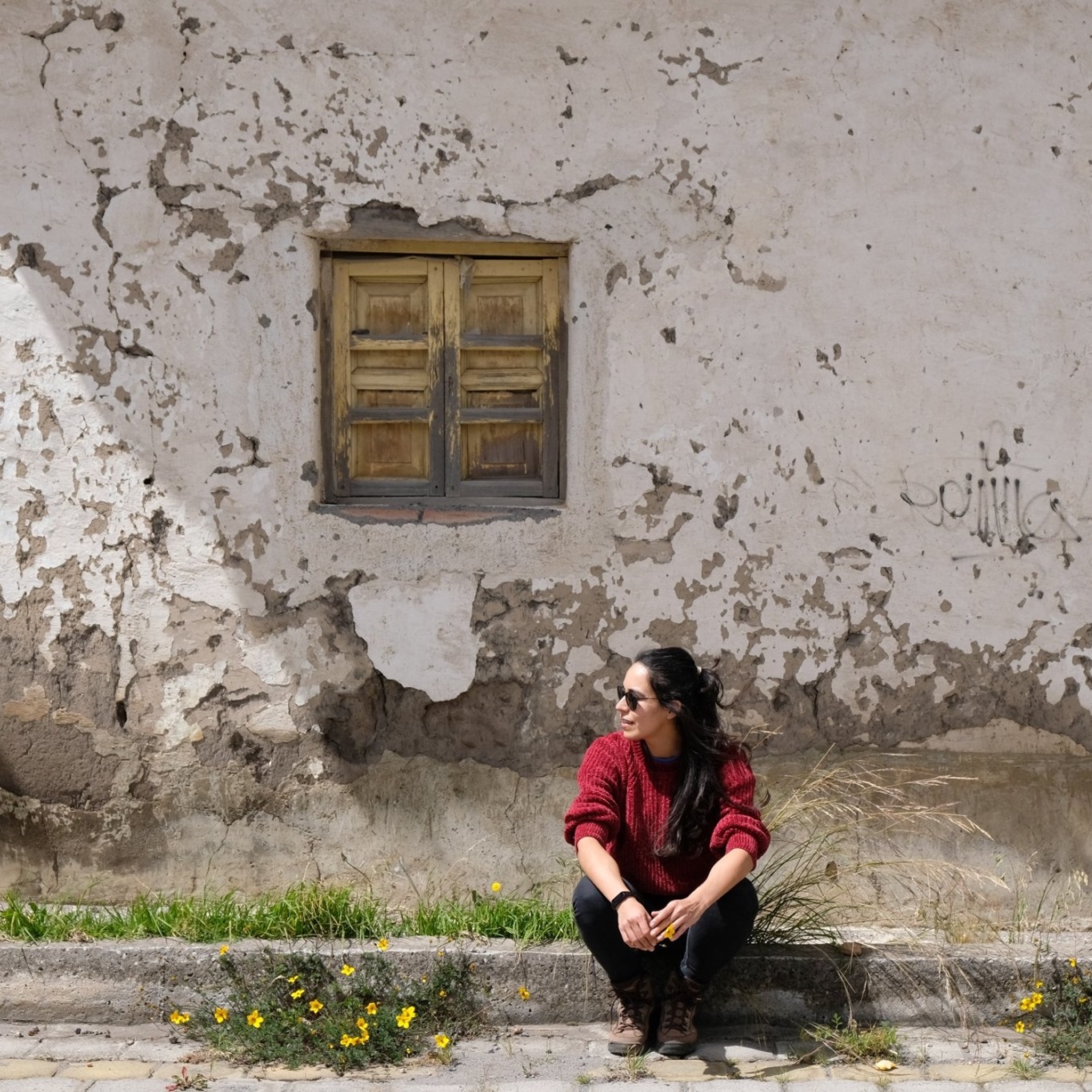

You can find an overview of ongoing debates with our journalists here . Please join us!
If you want to start a conversation about a topic raised in this article or want to report factual errors, email us at english@swissinfo.ch.